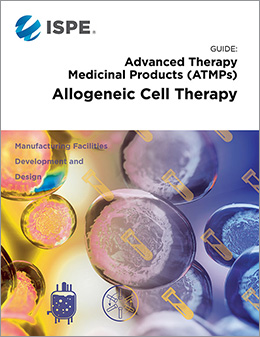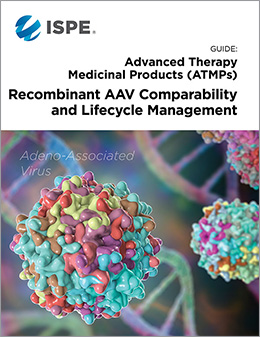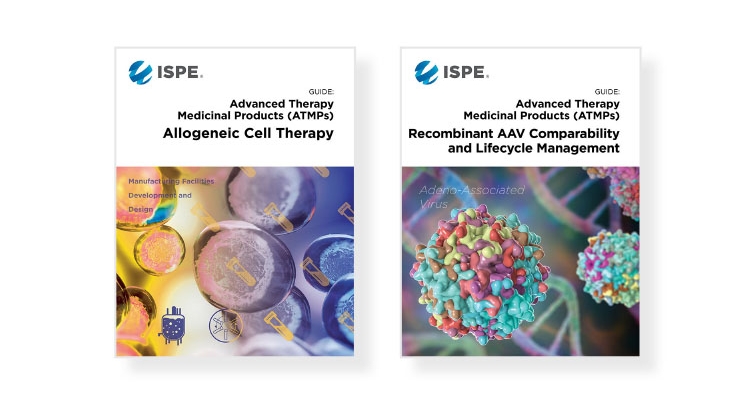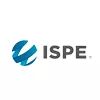Allogeneic Cell Therapy
 ATMP therapies include cells, engineered tissues, or the manipulation of the patient’s genome. Autologous cells are derived from a patient and returned to the same patient after in vitro manipulation. In allogeneic therapy, cells are collected from a donor. Then, after cell expansion and possible cell manipulation, the final cell therapy can be used to treat many patients.
ATMP therapies include cells, engineered tissues, or the manipulation of the patient’s genome. Autologous cells are derived from a patient and returned to the same patient after in vitro manipulation. In allogeneic therapy, cells are collected from a donor. Then, after cell expansion and possible cell manipulation, the final cell therapy can be used to treat many patients.
The ISPE Guide: ATMPs - Allogeneic Cell Therapy was written and reviewed by a team of industry experts led by Komal Hatti, Director, Process Architect, IPS; Ian Moy, Senior Project Manager, Catalent Pharma Solutions; and Erik Steffensen, Managing Partner, Spot-on Pharma Consulting. This guide focuses primarily on allogeneic cell therapies, specifically manufacturing facility development and design.
“For allogeneic cell therapies, the cells are the product,” said Steffensen. “This requires special considerations when designing the manufacturing process and the facility. In 2021, ISPE published the ISPE Guide: ATMPs – Autologous Cell Therapy. However, industry has been lacking guidance for al-logeneic cell therapies where collected donor cells are modified and multiplied such that a manufactured batch can be used for many patients.”
Allogeneic cell therapies have unique challenges due to the small manufacturing scale, limitations in scale-up, the need to manufacture multiple lots of products concurrently, and the need for flexibility to accommodate a varied and developing product portfolio. “This guide covers common challenges with allogeneic cell therapy facilities, design concepts specific to allogeneic cell therapy facilities, and GMP layout and architectural design develop-ment,” said Moy.
“This new guide builds on 30 years of manufacturing experience within recombinant proteins and antibodies while providing additional guidance for cell therapy specific issues,” added Moy. “This guide provides valuable insight into best practices for the design, establishment, and operation of allogeneic cell therapy facilities.”
Although this guide focuses on allogeneic cell therapies to the greatest extent possible, the authors recognize a significant amount of content is applicable to other types of ATMPs, particularly around regulatory compliance, technology transfer, utilities, HVAC, and supply chain.
Hatti said the authoring team paid special attention to these topics while researching and writing, “By increasing the knowledge base for manufacture of allogeneic cell therapies, this guide takes the industry closer to making cell therapies more affordable and thereby widens the patient base. The content and structure of the guide are organized to reflect similarities and highlight differences between autologous and allogeneic processes and facili-ties design.”
Recombinant AAV Comparability and Lifecycle Management
 Comparability of an ATMP product is another area with little industry guidance. As gene therapy products race toward clinic and commercial launch, sponsor companies are faced with significant hurdles posed by evolving manufacturing platforms, process improvements across multiple stages of development, and a rapidly growing tool kit for the characterization of viral vectors. Taken together, this creates a complex landscape for demonstrating comparability driven by process changes.
Comparability of an ATMP product is another area with little industry guidance. As gene therapy products race toward clinic and commercial launch, sponsor companies are faced with significant hurdles posed by evolving manufacturing platforms, process improvements across multiple stages of development, and a rapidly growing tool kit for the characterization of viral vectors. Taken together, this creates a complex landscape for demonstrating comparability driven by process changes.
Written and reviewed by industry experts led by George Todorov, Senior Process Technologist, IPS-Integrated Project Services LLC, and Lucile Bes-sueille, Regional Head, Audit & Inspection, F. Hoffmann-La Roche AG, the ISPE Guide: ATMPs – Recombinant AAV Comparability and Lifecyle Management provides guidance in this ever-changing area.
“Drawing on a team of industry experts with global experience, the guide provides current understanding and best practices on recombinant adeno-associated virus (rAAV) comparability exercises, offering manufacturers a standardized approach for developing process and product comparability strategies. It provides considerations for evaluating rAAV vector products comparability pre- and post-change to the manufacturing process and proposes strategies to address the unique challenges posed by this new class of products,” said Todorov.
Bessueille adds, “The information shared in this guide enables the reader to better manage rAAV comparability, and plan for the safe and effective delivery of revolutionary medicines throughout the product life cycle. It provides a playbook to help drug developers assess the need for comparability studies and design and execute studies to successfully demonstrate rAAV product comparability pre- and post-change.”
After reading this guide, the reader will understand:
- How to address rAAV comparability challenges
- Recommendations when designing an analytical comparability strategy for rAAV vector products
- Current understanding and best practices on rAAV comparability exercises
- A standardized approach to develop process and product comparability strategies
In addition, the guide presents three realistic case studies for changes likely to be encountered during a rAAV product’s life cycle. They cover various phases (preclinical, clinical, and commercial), detailing changes, how to assess them, what kind of development and characterization data should be generated, how the data informs the comparability protocol, and what additional considerations should be included in the comparability protocol.






